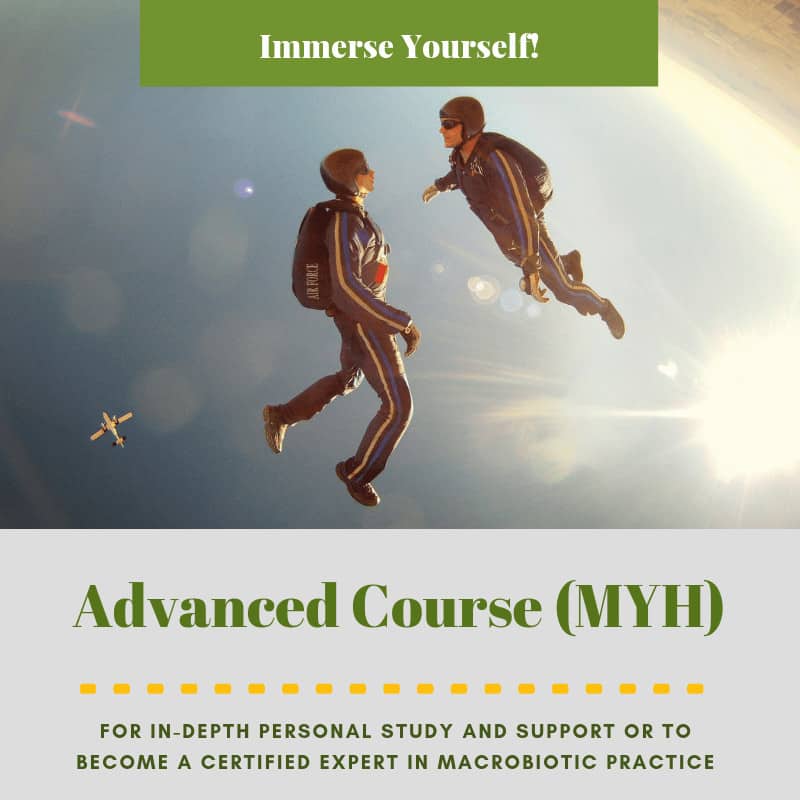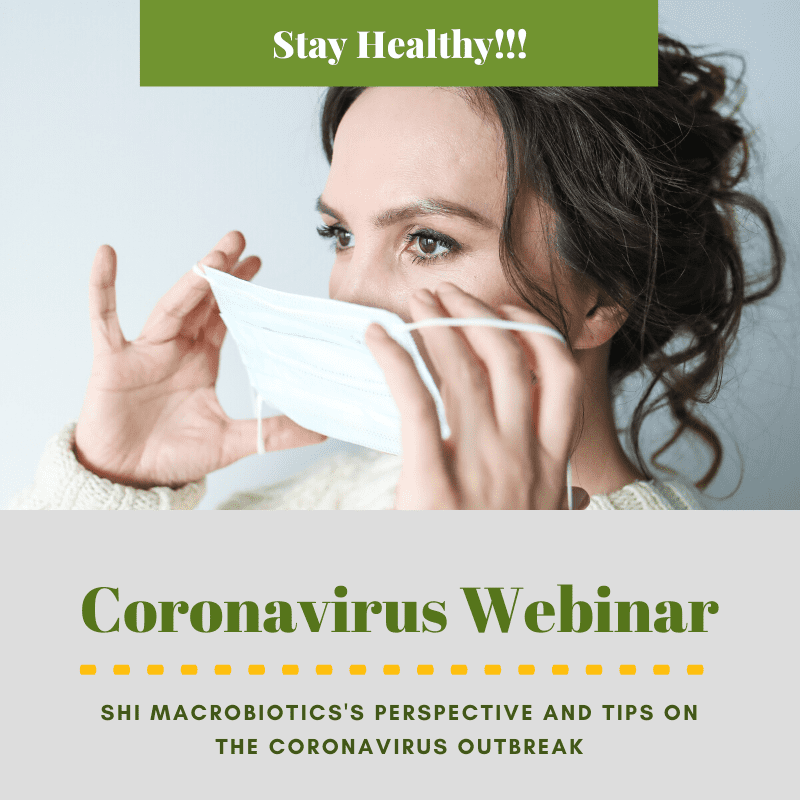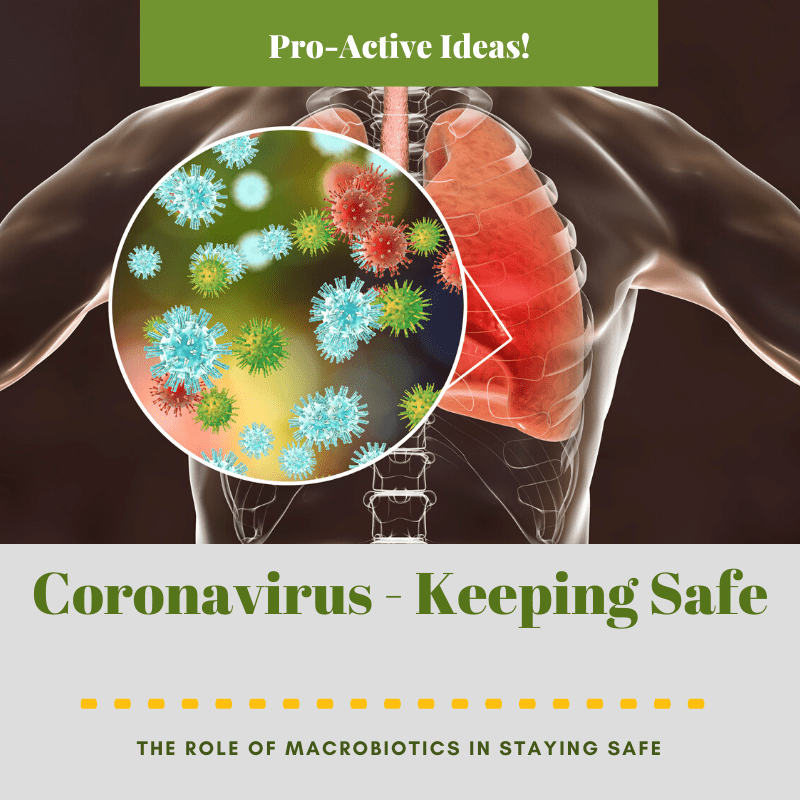In Western medicine, our health is mainly diagnosed when a health concern appears. In Oriental diagnosis, we can see tendencies and the development of problems long before they actually manifest. Oriental diagnosis is actually a great compliment to Western medicine and could be used as a vital tool by doctors.
There are several principles behind Oriental diagnosis. The main one is that the surface, or periphery, reveals what is happening deeper inside of the body. In addition, distinct parts of the body show the whole. Just by viewing our face and hands, we can gain insight into our entire health condition and life. In acupuncture, the ear can be used to treat the entire body. And in reflexology, the same holds true for the feet.
Oriental diagnosis is especially known by the use of facial diagnosis, a technique that is endlessly fascinating, as well as insightful. Hands are very similar in that way. Also, in oriental medicine, diagnosis and treatment are the same. So, if you press a certain point on the foot that gives pain, you are simultaneously diagnosing and treating the problem. Let’s focus on three areas that we can easily observe by looking into the mirror.
What Your Eyes Are Telling You
The first thing we can easily observe when it comes to the eyes is the area just below the eye. There are two main appearances to observe. When the under-eye appears dark, dry, and contracted, these are signs of excessive animal or dairy food consumption, baked, toasted or salty foods, or iced drinks. It can also be caused by too much stress, lack of sleep, or too much sex. These symptoms show that the kidneys are tired or overly contracted. This usually indicates that we are feeling tired, stressed, or having frequent urination. When this lasts for a long period of time, a dark ring appears around the eye, which means adrenal exhaustion.
In some people, we can observe a puffiness that is usually accompanied by either reddish, purplish, or paleness in color. This can be caused by too many liquids, sugary foods, soft drinks, ice cream, and iced drinks, etc. This shows that the kidneys are getting weaker and we are losing our vitality.
Someone with larger, wider eyes has more artistic or aesthetic appreciation, while smaller eyes may indicate a more practical, physical, or business orientation. Someone with smaller, unblinking eyes will be much more likely to be a good business negotiator!
What Your Lips Are Telling You
The lips show the entire digestive system. The upper lip shows the stomach, and the lower lip shows the intestines. It doesn’t matter whether you have full or thin lips. The upper and lower lips should generally be the same size. We rarely see this, as our digestion is getting weaker due to modern diet and lifestyle.
When the upper lip is swollen, it shows that the stomach is also inflamed or weak. When it is contracted, it shows the stomach is too tight and there may also be an issue with the pancreas. When the lower lip is swollen, it shows the intestines are loose and weak. When the lower lip is contracted, it shows that the intestines are becoming rigid or hard. If the color of the lips is pale, it shows a potential anemic condition. If the lips are darker or purple, it shows a more acidic condition.
Someone with large, full lips finds emotional expression more comfortable and natural. On the contrary, someone with smaller lips is more likely to have difficulty expressing their emotions (hence the phrase “tight-lipped”). Of course, these have no relationship to emotional capacity or the ability to experience deep emotions. This is simply about expression.
What Your Ears Are Telling You
The ears are a good measure of the overall constitution and embryological nourishment, as well as the condition of the kidneys. So, the larger the ears, the stronger the constitution (or vitality). Each ear tells a different story about the body. When the outer edge of the right ear becomes red, it shows that the gallbladder is struggling. The outer edge of the left ear is related to the spleen and lymph system. Thicker and fleshier ears show a constitution that has been nourished by a varied, plant-based diet. Thinner ears reflect a higher consumption of animal protein in the womb. Finally, detached earlobes show a strong mind and independent thinking.
The ears show our constitutional development (what we were born with) much more than the present condition of our health. The ears show the nine months of embryological development, as well as the three major systems: nervous, circulatory, and digestive. However, the conditional aspects of the ears are very difficult to identify because the ears don’t change much over time or with specific health issues. Ears and hands are similar in that they both show our overall health, vitality, and tendencies more than our present health condition.
Even very basic oriental facial diagnosis can provide valuable insight into our health and tendencies. Here at SHI Macrobiotics, we explore oriental diagnosis in much greater detail.










